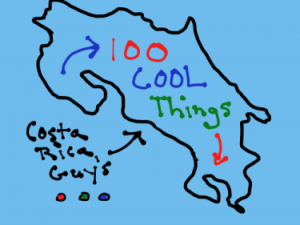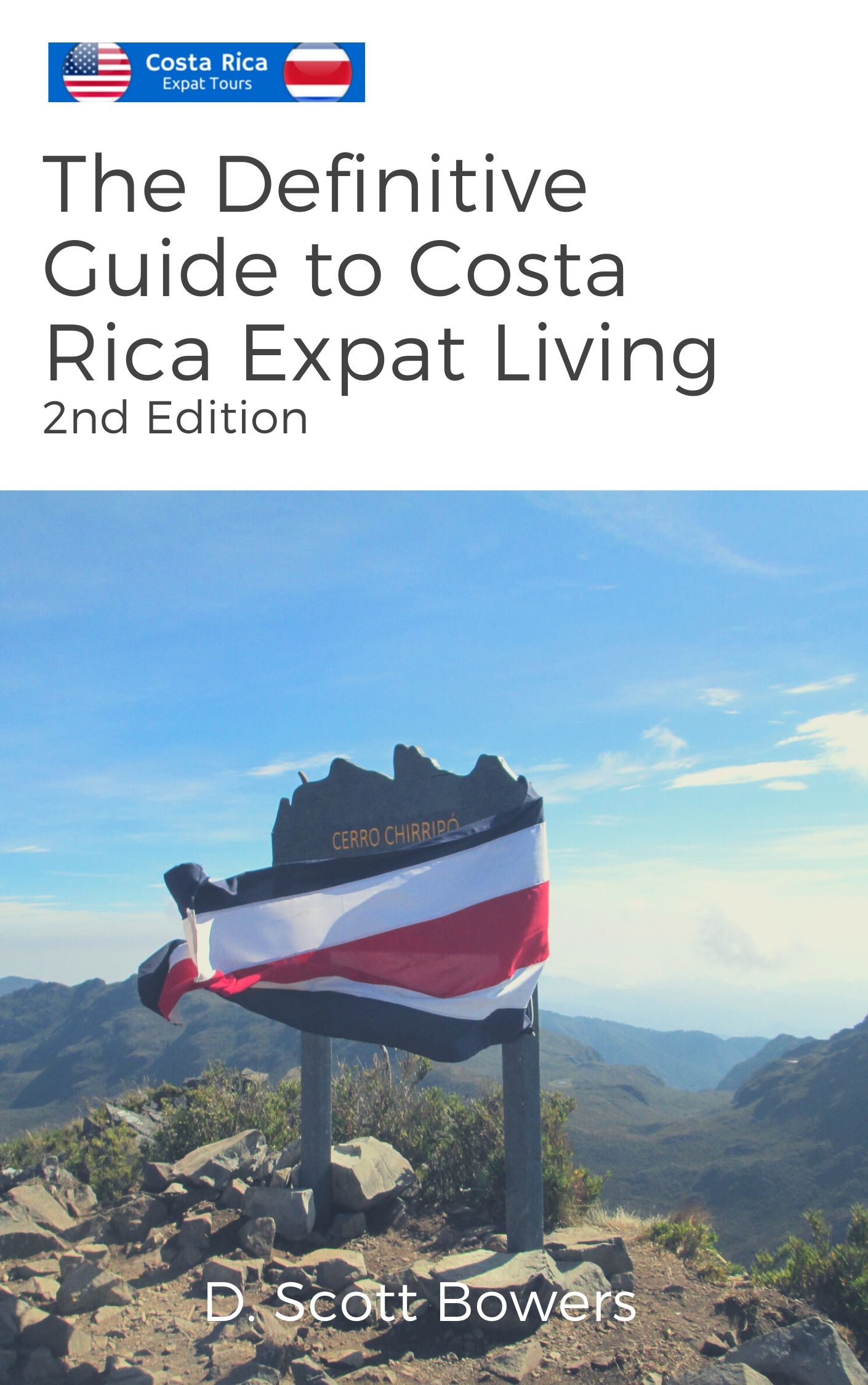 I haven’t been writing in the blog lately. December just didn’t afford me the time (or the ability to concentrate long enough to bang out 400 – 500 of coherent words). And for the last of December and first of January I was bringing in the new year in Medellin, Colombia. For most of the time I was there I was either too inebriated on Aguardiente Antioqueño (Medellin manufactured “guaro”), or too much suffering the effects of said inebriation to even think about writing (or even think at all, for that matter). No, really, I am just kidding a little about that (but not completely). For if there is anything that defines life in Medellin, or the entire departamento of Antioquia, it is certainly Aguardiente Antioqueño. Medellin is a huge city and Antioquia, which is only one of Colombia’s 32 departamentos (or states), is larger in population than the entire country of Costa Rica. Of course, Medellin is the former home of the now deceased Pablo Escobar, one of the most infamous criminals in history. He was the head of the Medellin drug cartel that once ruled the world’s cocaine trade and made him one of the richest men on the planet. In those days, Medellin was the most violent city on earth. In 1991, at the height of Pablo Escobar’s war against the Colombian state, the Cali cartel, and the emerging paramilitaries, Medellín’s murder rate was off the charts. At 381 murders per 100,000 inhabitants, it was 40 times higher than the UN marker of an “epidemic” rate of 10 per 100,000. But those days are long gone and currently the city is relatively safe (perhaps even safer than where I call home, San Jose, Costa Rica). So what are my thoughts on the place? While the few gringos who dare to visit Medellin probably would confine their traveling to within a few blocks of their posh Poblado hotel, I was staying with family (my wife’s) and traveled extensively around the city and outside of it as well. I find that Colombia has a charming “rustic” quality that surpasses Costa Rica in character. Everywhere you go people are outside in the parks sipping their aguardiente, listening to vallenatos and in general having a raucous good time. Colombian people just tend to be a bit more outgoing than the ticos. The “culture” of the “paisas” is evident as soon as you venture into any of the pueblos of the region. One in particular that I found charming was El Retiro, which is about an hour outside of the limits of Medellin. All of the little pueblos have a park which is the nucleus of the community and is surrounded by small open-air bars, restaurants and shops where the people gather to talk and drink. The music of the region is ubiquitous. The harmonious sounds of the accordion are always ever present. The food, while not all that healthy, is delicious. “Arepas con todo” (a corn tortilla with everything, which means chicken, beef and pork) was probably my favorite. And of course the aguardiente, which is a sugar cane based alcoholic drink flavored with anis, never ceases to flow. The alcohol content is around 30% and it is always drunk straight up with a glass of water to the side. The stuff tastes really good and it is not hard at all to drink too much of it. And don’t dare try to keep up with the paisas when it comes to drinking this stuff. I made that mistake and the next morning lived to regret it. This was my second trip to Colombia and I have only barely scraped the surface when it comes to knowing what this large and extremely diverse country is all about. There are so many other places I want to visit there. The one big obstacle to doing so is that even though the cities like Medellin and their immediate suburbs are relatively safe, venturing too far into the verdant green Andean mountains is not. There are still guerrilla lurking out there, as well as paramilitary groups. Those groups, coupled with the still vibrant drug industry, make many parts of the country very unsafe, for anyone. That is a big difference Colombia suffers that makes Costa Rica so appealing. Here you have a miniature version of Colombia and it is safe to go anywhere you want. I hope all that changes and that one day I can really get to know the whole country of Colombia.
I haven’t been writing in the blog lately. December just didn’t afford me the time (or the ability to concentrate long enough to bang out 400 – 500 of coherent words). And for the last of December and first of January I was bringing in the new year in Medellin, Colombia. For most of the time I was there I was either too inebriated on Aguardiente Antioqueño (Medellin manufactured “guaro”), or too much suffering the effects of said inebriation to even think about writing (or even think at all, for that matter). No, really, I am just kidding a little about that (but not completely). For if there is anything that defines life in Medellin, or the entire departamento of Antioquia, it is certainly Aguardiente Antioqueño. Medellin is a huge city and Antioquia, which is only one of Colombia’s 32 departamentos (or states), is larger in population than the entire country of Costa Rica. Of course, Medellin is the former home of the now deceased Pablo Escobar, one of the most infamous criminals in history. He was the head of the Medellin drug cartel that once ruled the world’s cocaine trade and made him one of the richest men on the planet. In those days, Medellin was the most violent city on earth. In 1991, at the height of Pablo Escobar’s war against the Colombian state, the Cali cartel, and the emerging paramilitaries, Medellín’s murder rate was off the charts. At 381 murders per 100,000 inhabitants, it was 40 times higher than the UN marker of an “epidemic” rate of 10 per 100,000. But those days are long gone and currently the city is relatively safe (perhaps even safer than where I call home, San Jose, Costa Rica). So what are my thoughts on the place? While the few gringos who dare to visit Medellin probably would confine their traveling to within a few blocks of their posh Poblado hotel, I was staying with family (my wife’s) and traveled extensively around the city and outside of it as well. I find that Colombia has a charming “rustic” quality that surpasses Costa Rica in character. Everywhere you go people are outside in the parks sipping their aguardiente, listening to vallenatos and in general having a raucous good time. Colombian people just tend to be a bit more outgoing than the ticos. The “culture” of the “paisas” is evident as soon as you venture into any of the pueblos of the region. One in particular that I found charming was El Retiro, which is about an hour outside of the limits of Medellin. All of the little pueblos have a park which is the nucleus of the community and is surrounded by small open-air bars, restaurants and shops where the people gather to talk and drink. The music of the region is ubiquitous. The harmonious sounds of the accordion are always ever present. The food, while not all that healthy, is delicious. “Arepas con todo” (a corn tortilla with everything, which means chicken, beef and pork) was probably my favorite. And of course the aguardiente, which is a sugar cane based alcoholic drink flavored with anis, never ceases to flow. The alcohol content is around 30% and it is always drunk straight up with a glass of water to the side. The stuff tastes really good and it is not hard at all to drink too much of it. And don’t dare try to keep up with the paisas when it comes to drinking this stuff. I made that mistake and the next morning lived to regret it. This was my second trip to Colombia and I have only barely scraped the surface when it comes to knowing what this large and extremely diverse country is all about. There are so many other places I want to visit there. The one big obstacle to doing so is that even though the cities like Medellin and their immediate suburbs are relatively safe, venturing too far into the verdant green Andean mountains is not. There are still guerrilla lurking out there, as well as paramilitary groups. Those groups, coupled with the still vibrant drug industry, make many parts of the country very unsafe, for anyone. That is a big difference Colombia suffers that makes Costa Rica so appealing. Here you have a miniature version of Colombia and it is safe to go anywhere you want. I hope all that changes and that one day I can really get to know the whole country of Colombia.








Comments